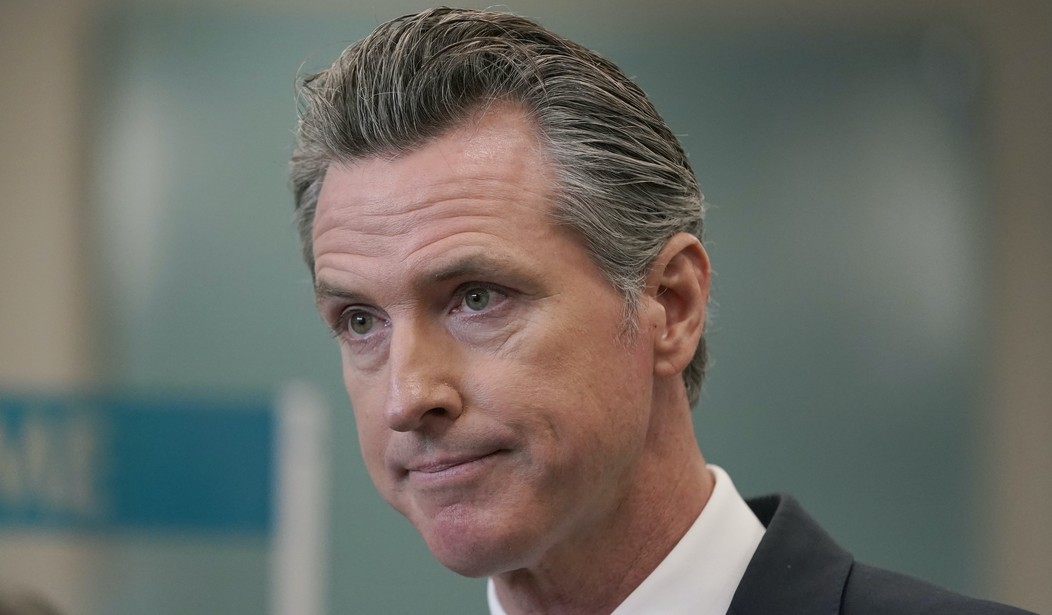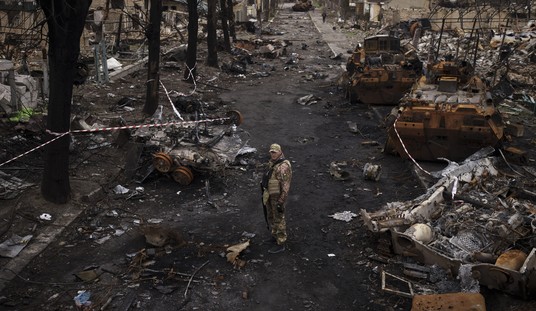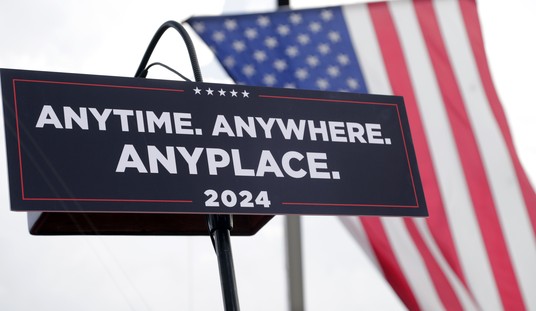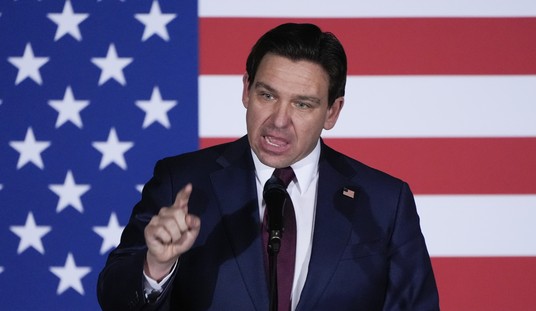Some bad news for California and maybe for Gov. Newsom. After years of budget surpluses, the state is now expecting a $25 billion deficit next year and possibly a recession.
California will see a $25 billion deficit next year, the California Legislature’s top fiscal analyst announced Wednesday, a dramatic change after the state budgeted for a nearly $100 billion surplus this year.
If that estimate by the nonpartisan Legislative Analyst’s Office holds, Gov. Gavin Newsom and state lawmakers will need to make significant cuts to balance the budget for the next fiscal year, which begins July 1.
Legislative analyst Gabriel Petek said that his office’s forecast estimates do not assume the state will be in a recession next year, but that a recession is possible…
“The chances that the Federal Reserve can tame inflation without inducing a recession are narrow,” the report says. “Reflecting the threat of a recession, our revenue estimates represent the weakest performance the state has experienced since the Great Recession.”
How did California go from a projected $100 billion surplus to a $25 billion deficit in one year? Spending, lots of spending. Here’s a bit of Newsom’s last budget.
“Backed by a robust surplus and grounded in our unshakable values, we’re paving the California Way forward to prosperity and progress for all. With historic investments, we’re doubling down on our formula for success and making sure no one is left behind – supporting working families and businesses, tackling climate change, expanding health care access, making our communities safer, and more,” said Governor Newsom…
-
$18.1 Billion Inflation Relief in direct payments to help address inflation, help people pay their utility bills and rent, and reduce costs like health care and child care.
-
$47.1 billion climate commitment – an increase of $32 billion this year – to tackle pollution, build climate resilient water supplies, reduce the risk of catastrophic wildfires, ensure grid reliability and accelerate clean energy solutions, and protect communities from extreme heat…
-
$14.7 billion to confront homelessness and the mental health crisis with investments to help get people off our streets and into the services and care they need, focusing particularly on Californians who suffer from mental health and substance use disorders.
-
$37 billion to rebuild California with money for infrastructure including broadband and new housing, as well as a historic investment of $128.3 billion to transform public education.
Now that the “robust surplus” is gone the good news is that much of the increased spending was a one time hit, not an endless commitment.
The current outlook marks a big shift from this past year as California enjoyed an unprecedented surplus of about $100 billion. Half of that money had to be earmarked for education and other set areas. But the rest allowed Newsom — who signed a budget totaling more than $300 billion this year — to give money back to Californians in the form of tax refunds, invest in new programs designed to stem homelessness and climate change, and fund infrastructure projects.
Nearly all of that was in the form of one-time spending, rather than ongoing investments — a decision that spurred backlash but now may turn out to be wise. Housing and homeless service providers, for example, said they can’t fund the type of long-term solutions that will make a dent in the homelessness crisis with nothing but piecemeal, one-time grants. But experts say it was a fiscally responsible move that helped prepare the state for the coming crunch.
The state also has a $23 billion rainy day fund which could be used to offset most of the deficit this year, though it won’t be there to solve the problem in the next couple of years. Politico reports that the mood in Sacramento has definitely changed.
“Last year, it was really fun to be in Sacramento,” Christopher Thornberg, a forecasting expert who has advised the state controller’s and treasurer’s offices, said in an interview. “Everyone was trying to figure out how much money they could spend. This year, not so much.”
Warning signs have been flashing for months. Tax revenues have fallen short of projections every month this fiscal year, and layoffs at marquee tech companies like Lyft, Meta and Twitter have heightened economic pessimism throughout the state. Several economists said the contractions in tech,while unlikely to have an outsize effect on California’s economy, could signal an impending slowdown…
The state’s Republican minority pointed to the report as more evidence of overspending in a state dominated by Democrats. Assembly Budget Vice Chair Vince Fong (R-Bakersfield) called it “another wake up call” in a statement blasting Democrats for continuing to “grow government programs without accountability.”
A lot will depend on whether we enter a recession next year (something many economists now say is likely) and if so how long it lasts. But that’s really a problem the whole country will be facing, not just California.








Join the conversation as a VIP Member